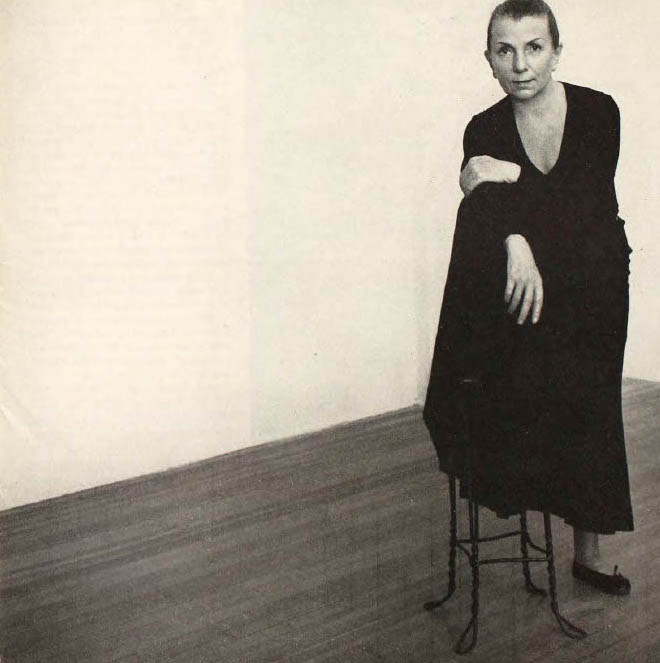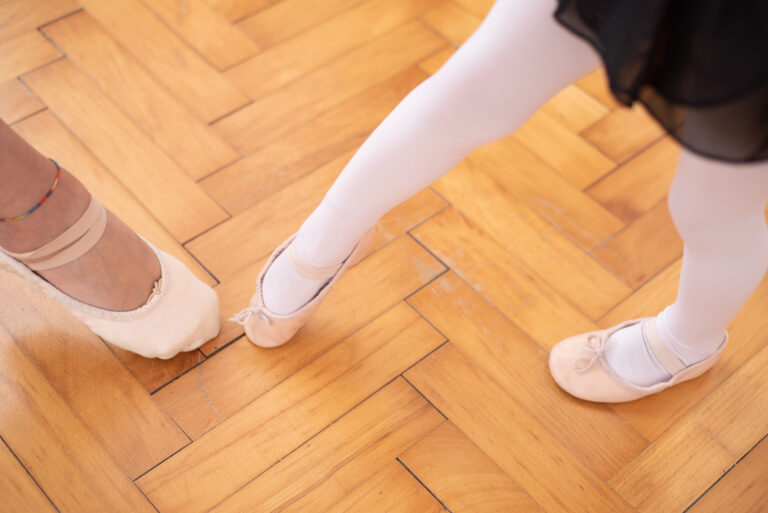
At many studios, the end-of-the-year recital is a big deal. It’s also a big deal to your littles: They’ve rehearsed the same five-minute dance each week for months and are excited to show you all they’ve learned.
Of course, nerves will be flying high the day of—and you’ll be feeling the pressure too. After all, you’ll be tasked with creating salon-quality updos, and those costumes probably cost a pretty penny. Not to mention the strain of tickets, balancing extra family members in town for the show, and the quandary of figuring out how to keep little brother happy and quiet during the hours-long event.
It may seem daunting, but CC & Co. Dance Complex’s MeLissa Nobling—who manages the North Carolina–based studio’s recreational program—advises parents to stay calm. “Most importantly, you want your dancer to know the recital day is for them,” she says. “You want them to feel special so that they’re confident, excited and ready to perform.” So what’s the key to a de-stressed day? Preparation. Here, Nobling shares her best tips for a smooth first recital season.
One month out:
Schedule a costume try-on and a hair-and-makeup trial. “Lots of dance studios order costumes early, and you might run into a sizing issue if you wait until the dress rehearsal,” says Nobling. “Make sure there aren’t any rips and that all the pieces of the costume are there.” Doing it this far in advance will allow for reordering or asking the teachers for hair advice.
Nobling encourages her studio parents to make these costume dry-runs a low-key yet special event for their dancers. “You could invite your dancers’ friends over to do a mini living-room performance, or ask some older girls in the neighborhood to help with the makeup.” And about that stage makeup: Less is more, cautions Nobling. While makeup helps ensure dancers’ features aren’t washed out by the stage lights, “do not stress about getting mascara on a 3-year-old,” she says.
The night before:
Practice doing your dancer’s hair one last time, but if it’s a struggle, also keep in mind there might be a studio helper backstage. This is also the time for gathering supplies—think: tights, shoes, bobby pins, hair spray, lip gloss, costume accessories, books for backstage, etc. “Grab a garment bag and put in everything you’ll need for the show,” Nobling says. “You want everything in one place so you’re not running around looking for scattered items right before you have to leave.”
Day of and go time:
Nobling advises feeding your dancer a solid meal at least two hours before the show, and then just a light snack (that won’t stain or get crumbs on their costume) on the way to the venue. For little ones, she says, “you want to avoid having last sips of water before they enter the venue—that means extra potty breaks or potential accidents.”
Allow plenty of time to arrive at the theater and find parking—you can always take pictures in the parking lot beforehand if you’re there early. Nobling suggests making sure your preschooler walks into the venue on their own. “Preschoolers that are carried inside have the perfect opportunity to hug around mom’s neck and refuse to enter the green room. Walking in boosts their confidence.”

Behind the scenes:
Backstage, kids are often chaperoned by teachers or volunteer parents. The studio may offer snacks, coloring activities or an opportunity to watch a live feed of the show. If your dancer requires special attention or has certain dietary restrictions, communicate this well in advance. Pro tip: Ask if you might be able to contribute anything—games, books or, even, tablets—to help occupy kids in the holding areas.
Sibling rivalry:
If it’s a possibility, Nobling suggests arranging alternate care for siblings ages 7 and under, especially if it’s the first recital. “You want to be able to focus on your dancer, and, sometimes, little sisters or brothers don’t cooperate during a long show,” she says. This year, leaving extra bodies at home might be a necessity based on venue capacity limitations due to COVID-19. Yet even if everyone’s in the theater, Nobling suggests designating a family member or babysitter to hang with the sibling during the show.
Media guidelines:
Every studio will have its own policies regarding photos and videos during the recitals. As a good rule of thumb, however, Nobling says that flash photography is never acceptable (it’s distracting and potentially dangerous for the performers), and video recording is frowned upon when studios pay for quality video of each piece. Otherwise, she sees no harm in snapping a few pics with a phone or small camera as long as you are discreet, you don’t block others’ views of the stage, and you have confirmed with the studio that it is permissible.
Audience etiquette:
As tempting as it may seem, don’t leave the theater in the middle of the show, even if your child is done performing. Not only can dancers onstage see empty seats in the house, staying put also shows respect for the other parents and dancers who sat through your child’s routine. “I fully realize that watching dancers ages 2 to 18 can be a big investment,” says Nobling. “But it’s crucial to support all the dancers and help build a sense of community within your studio. Recitals are only one day out of a whole year, and these memories do last a lifetime.”




